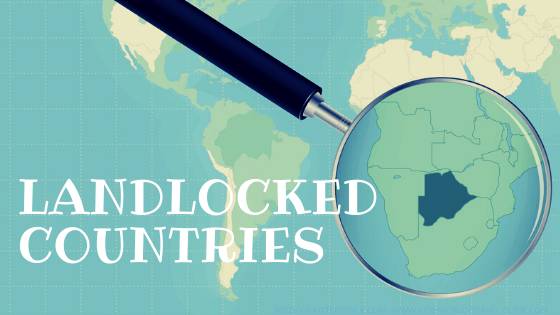WHICH COUNTRIES HAVE NO SEA? read here..
There are several countries around the world that are landlocked, meaning they are completely surrounded by land and have no coastline or access to the sea. These landlocked countries face unique challenges in terms of trade, transportation, and access to resources compared to their coastal counterparts. Some of the most well-known landlocked countries include:
1. Afghanistan: Located in South Asia, Afghanistan is a landlocked country surrounded by Pakistan to the south and east, Iran to the west, Turkmenistan, Uzbekistan, and Tajikistan to the north, and China to the northeast. The lack of access to the sea has historically posed challenges for trade and economic development.
2. Bolivia: Situated in central South America, Bolivia is one of two landlocked countries on the continent, with the other being Paraguay. Bolivia is surrounded by Brazil to the north and east, Paraguay to the southeast, Argentina to the south, Chile to the southwest, and Peru to the west. The absence of a coastline has impacted Bolivia's ability to engage in international trade through seaports.
3. Switzerland: Located in Central Europe, Switzerland is a landlocked country bordered by France to the west, Germany to the north, Austria and Liechtenstein to the east, and Italy to the south. Despite its lack of access to the sea, Switzerland has developed a strong economy and is known for its banking and financial services sector.
4. Nepal: Situated in South Asia, Nepal is a landlocked country located between China to the north and India to the east, south, and west. The absence of a coastline has made Nepal reliant on its neighbors for trade and transportation routes.
5. Lesotho: Completely surrounded by South Africa, Lesotho is a landlocked country located in southern Africa. Its lack of access to the sea has influenced its economic development and trade relationships.
These are just a few examples of landlocked countries around the world. While these nations face challenges due to their lack of direct access to the sea, they have developed unique strategies and partnerships to overcome these obstacles and thrive in various aspects of their economies.


